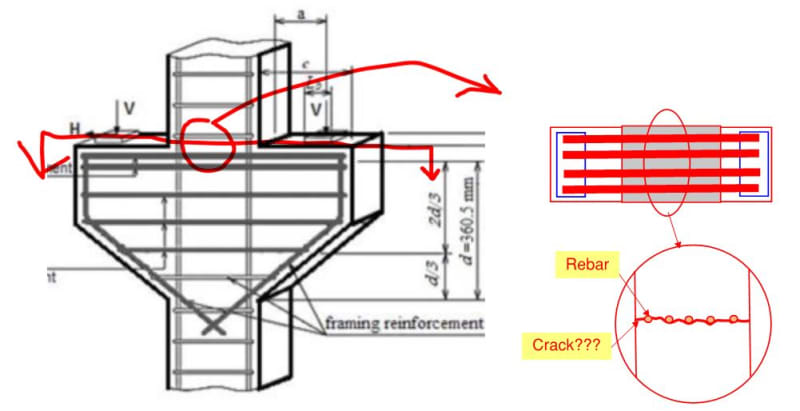JohnRwals
Structural
- Jul 8, 2020
- 150
Hello!
Sometimes a lot of reinforcements can be concentrated at a section like precast columns with corbels taking heavy loads.
And then, can concentrated reinforcements cause brittle failure problem as wide continuous disruption surface can reduce
concrete monolithic property?
Can I ignore this problem as long as minimum reinforcement spacing conditions are observed?
Thanks!
-JRW

Sometimes a lot of reinforcements can be concentrated at a section like precast columns with corbels taking heavy loads.
And then, can concentrated reinforcements cause brittle failure problem as wide continuous disruption surface can reduce
concrete monolithic property?
Can I ignore this problem as long as minimum reinforcement spacing conditions are observed?
Thanks!
-JRW

